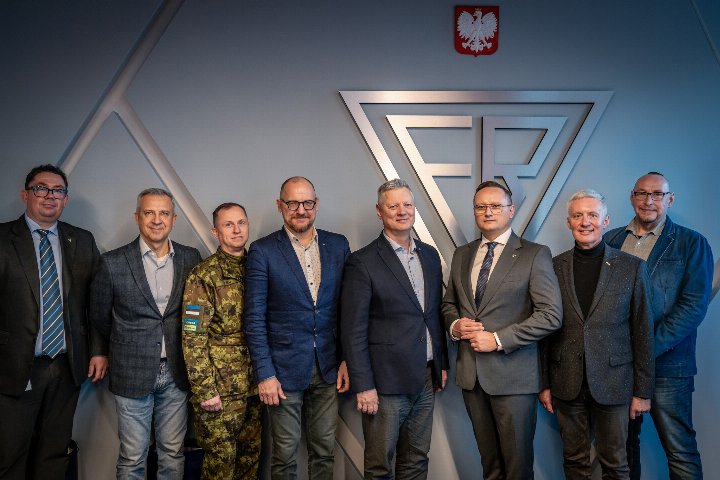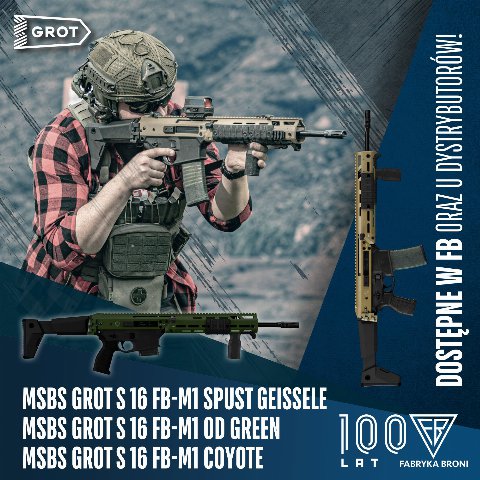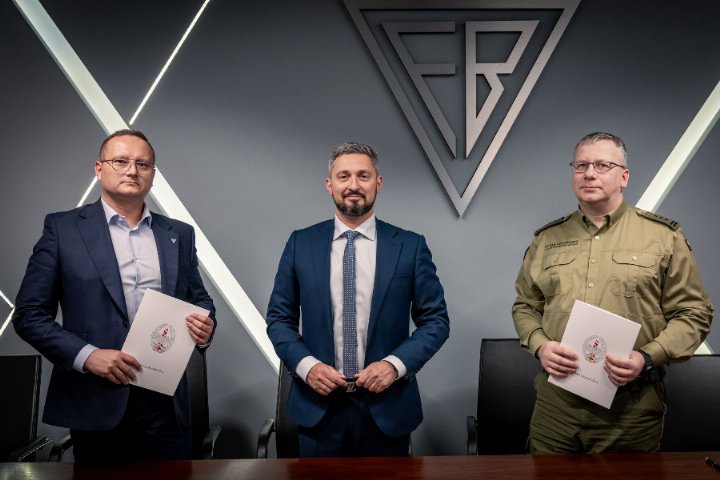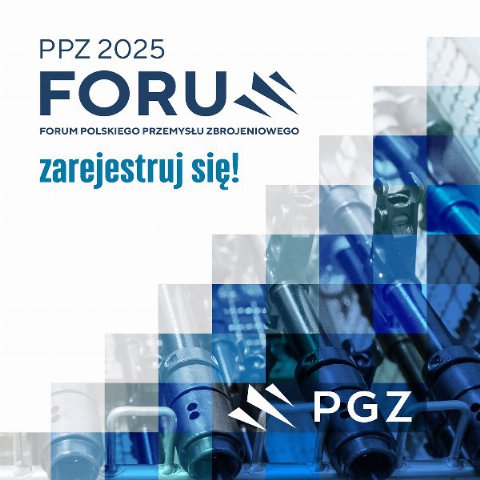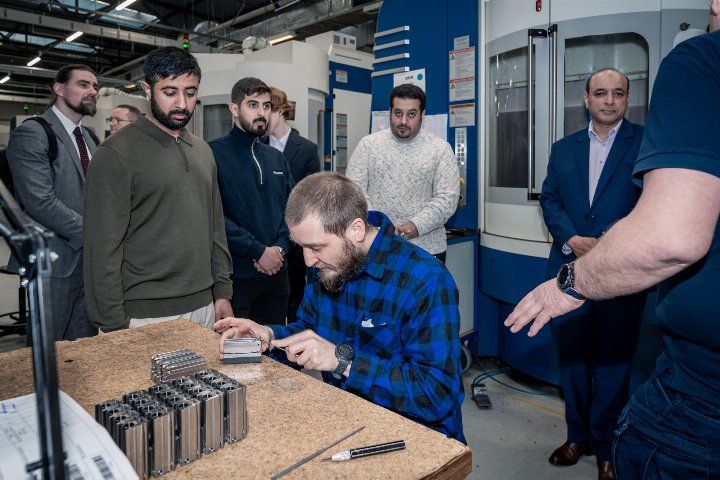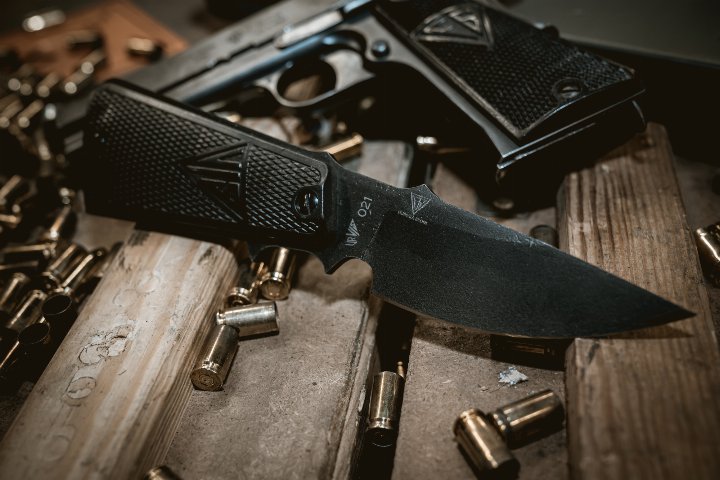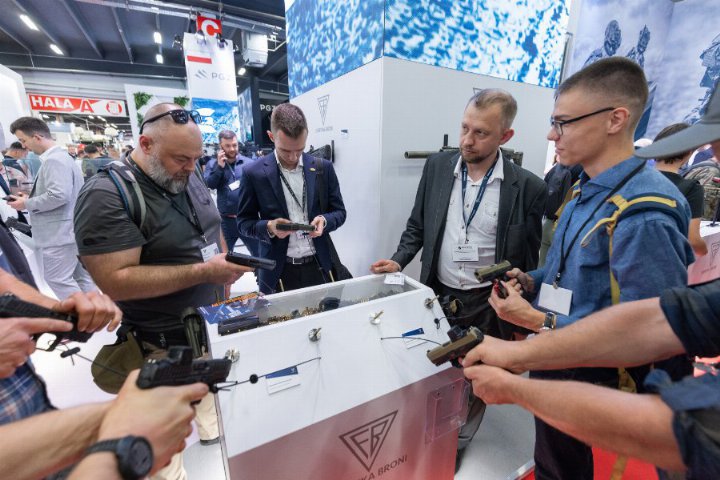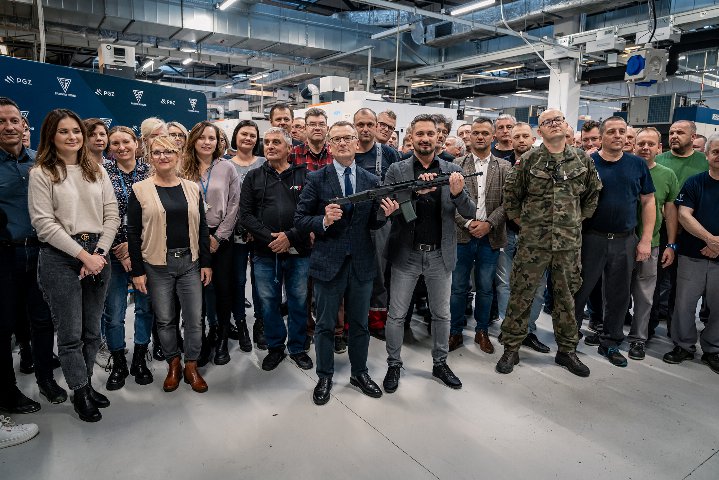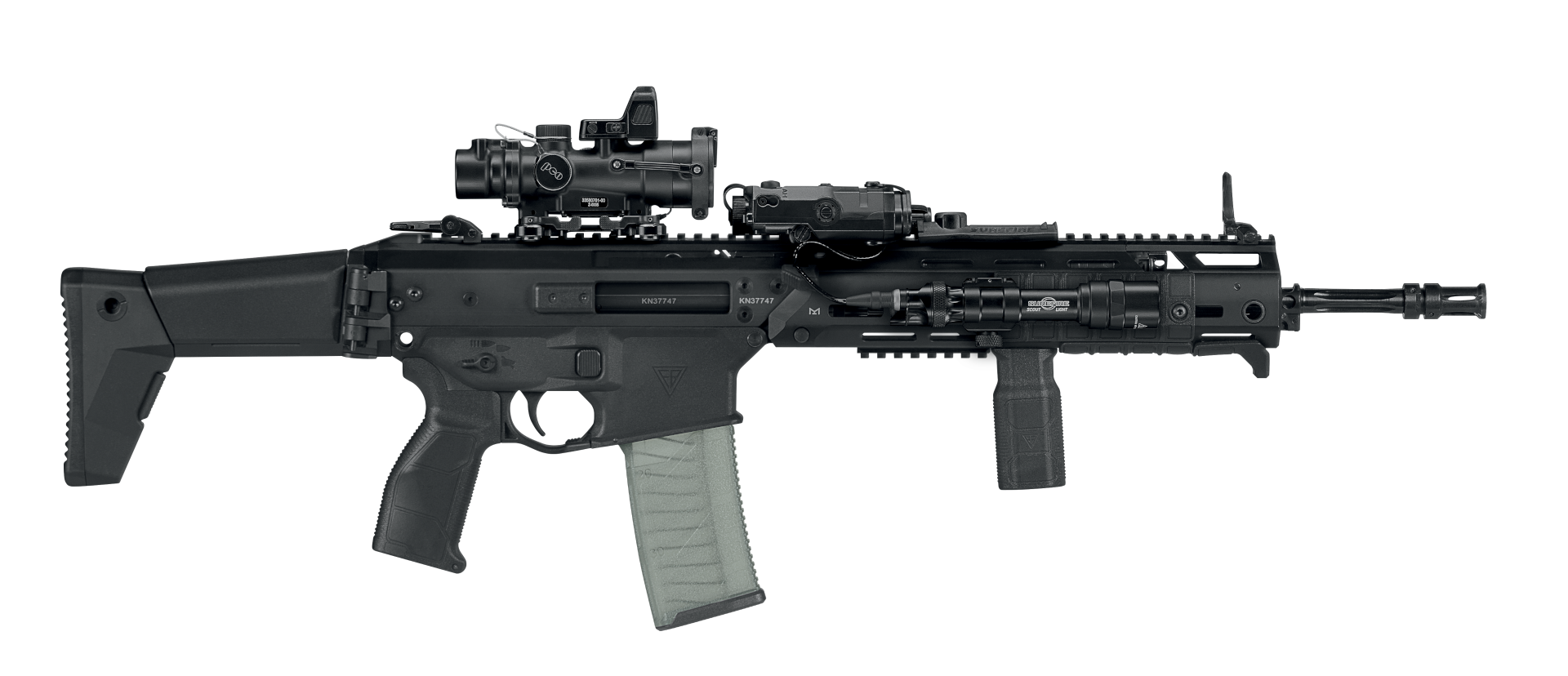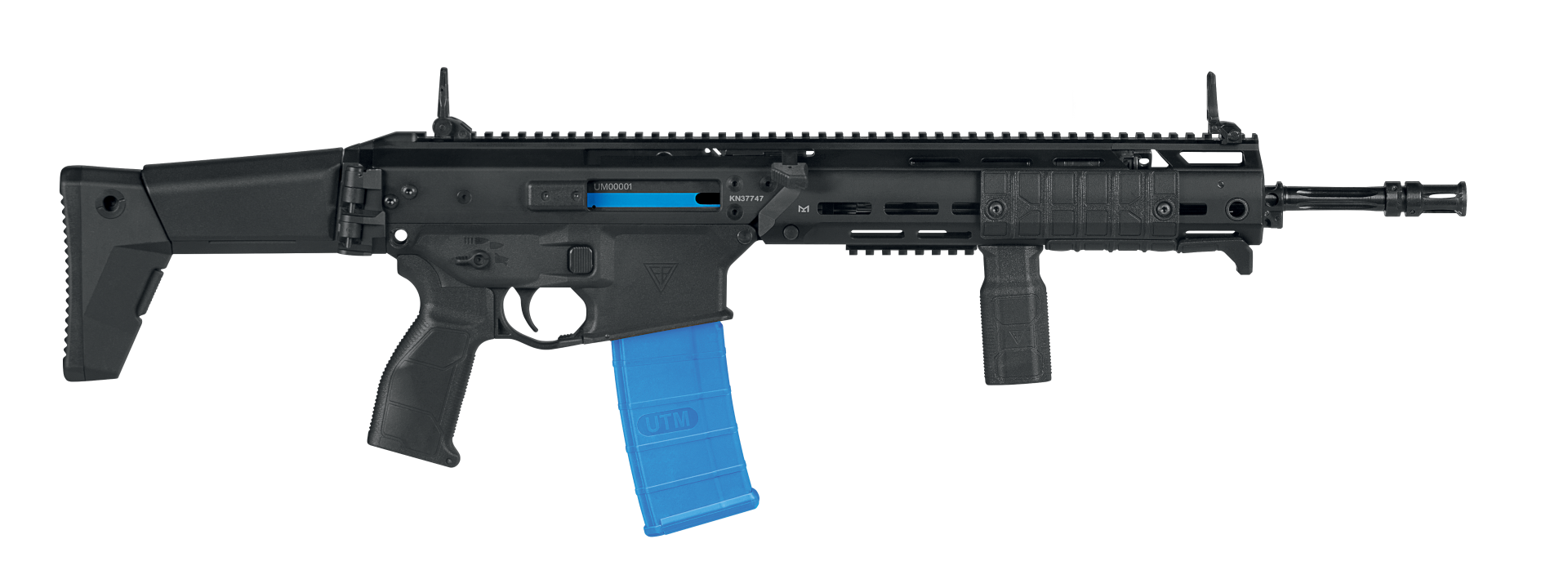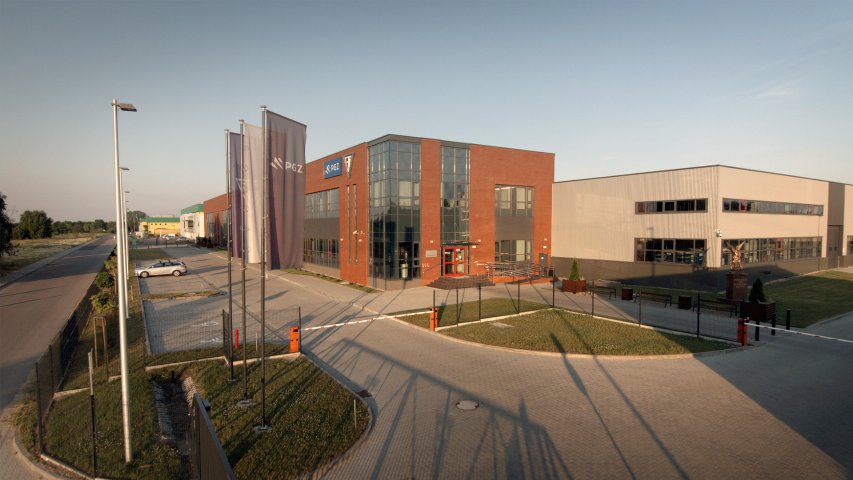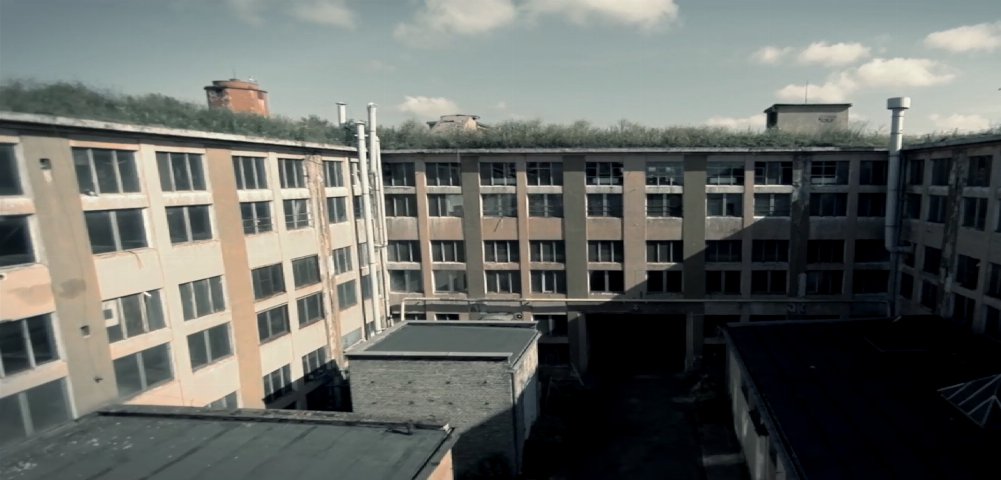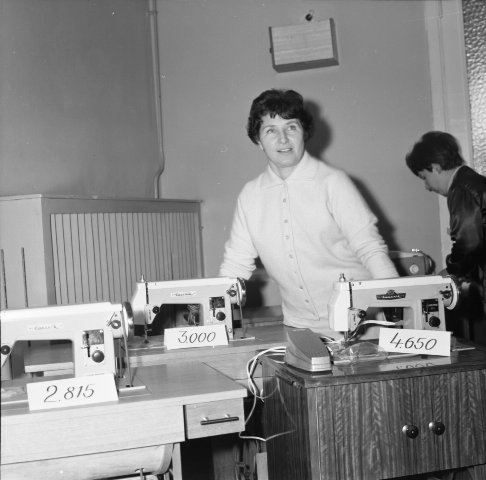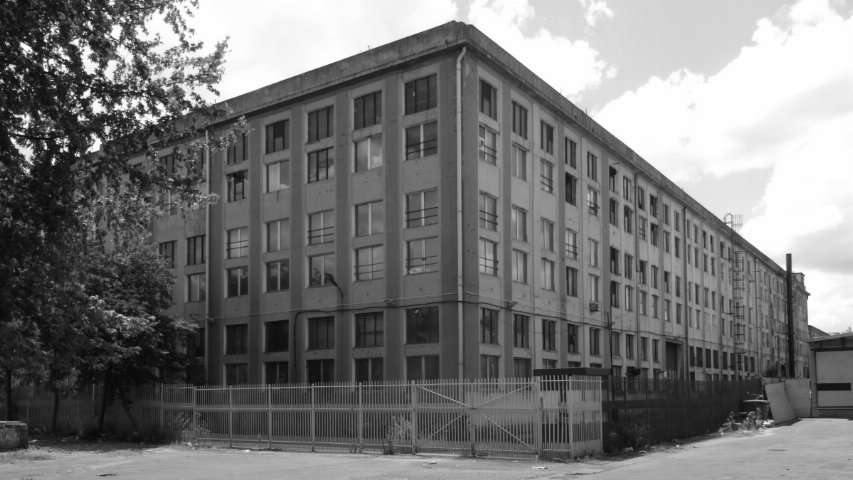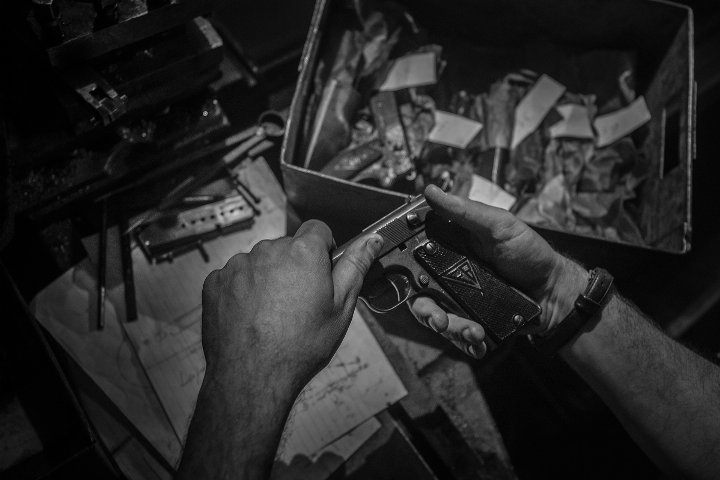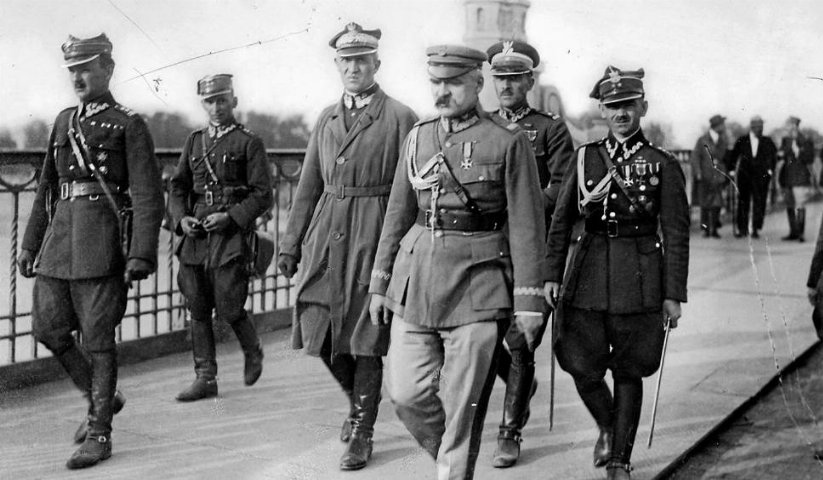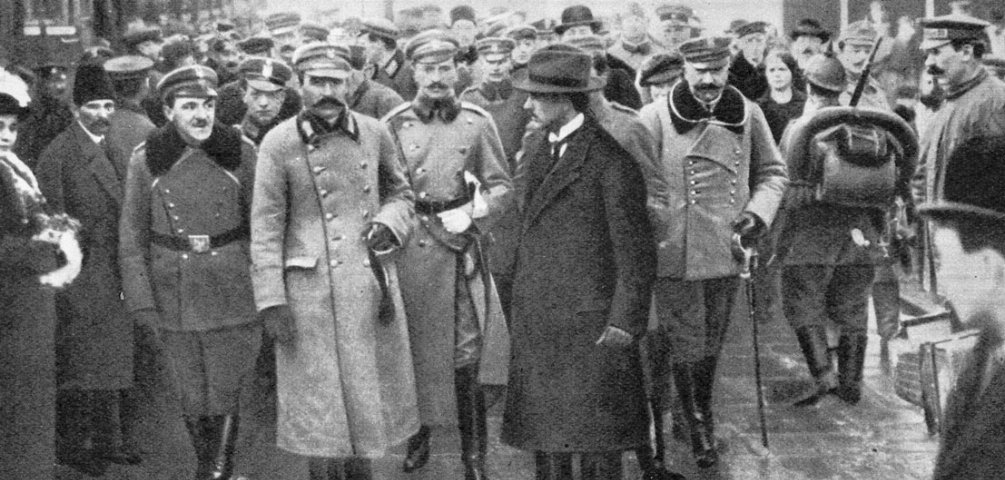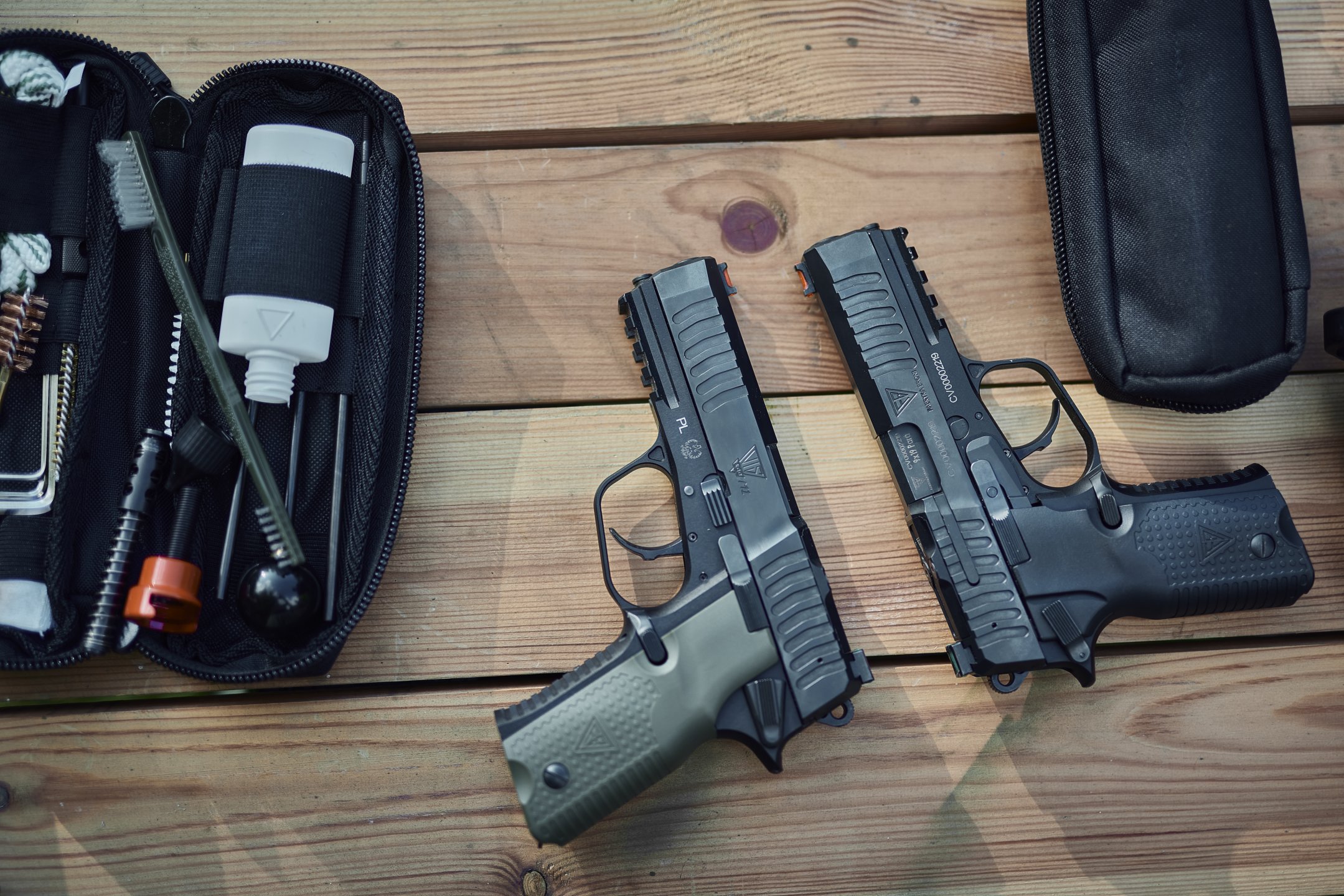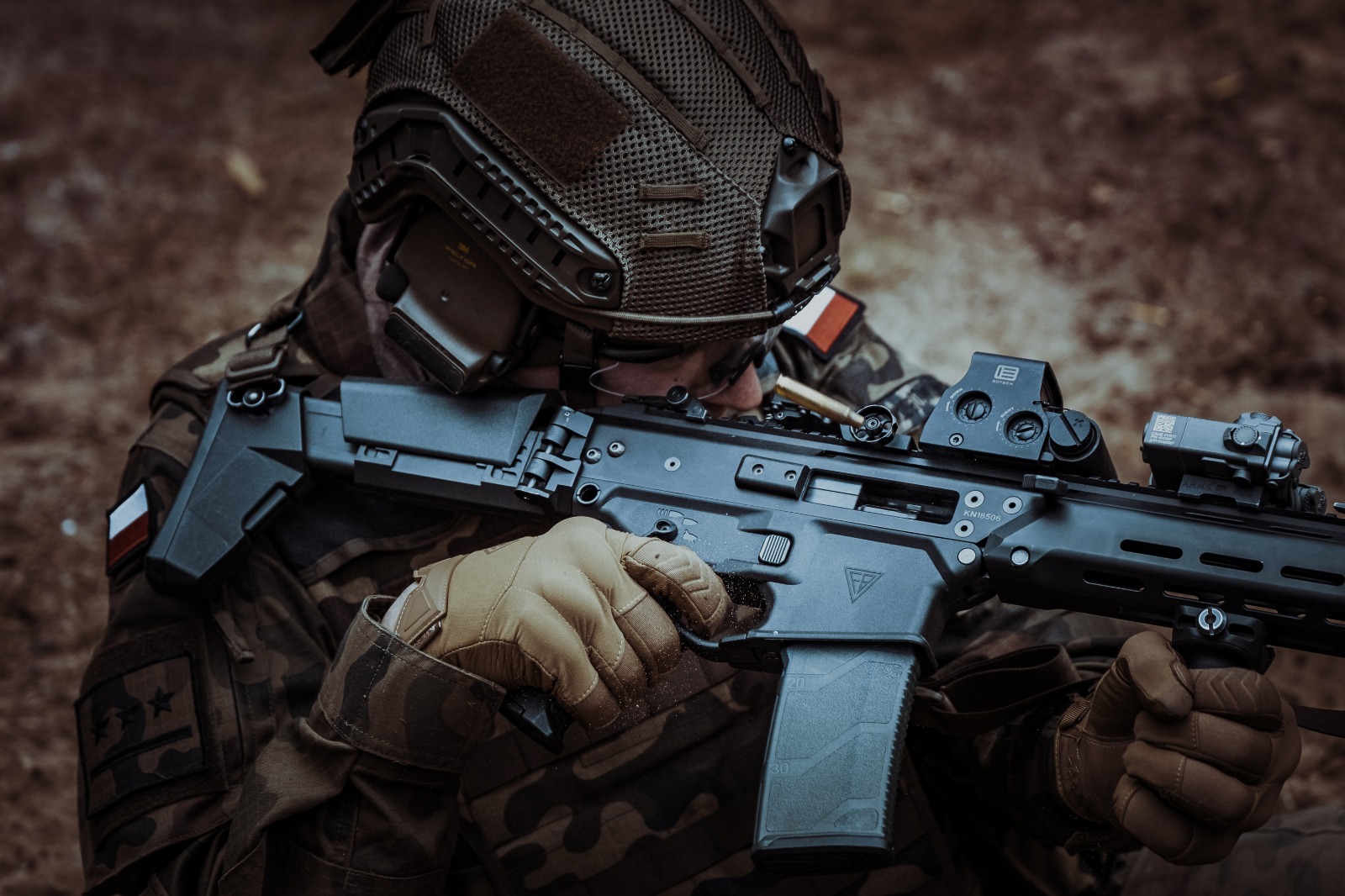1927-1939
Peak of Development
In May 1926, a coup d'état took place in Poland. Marshal Józef Piłsudski and officers of the Polish Army took power. This event had a tremendous impact on the functioning of the entire country, the army, and its support system, including the arms factories. In that same year, the decision was made to liquidate the Central Directorate of Military Factories, establishing in its place a holding company called the State Armament Works in Warsaw, which included the Radom plant, already known as the State Arms Factory in Radom (later officially shortened to Radom Arms Factory). This coincided with the implementation of regulations regarding the commercialization of state-owned industrial, commercial, and mining enterprises, giving them legal personality and allowing them to operate in the market similarly to private firms. These legislative changes also led to personnel changes. As a result, the first two builders of the factory, Engineer Andrzej Dowkontt and Lieutenant Colonel Stanisław Siczek, left their directorial positions, and on April 1, 1927, Engineer Kazimierz Ołdakowski became the new director of the Radom factory. Ołdakowski was a highly qualified specialist with extensive professional experience. As the future would show, he would lead the factory for the next several years until the outbreak of World War II. When Engineer Ołdakowski assumed the position of director, the Radom factory practically had all the buildings needed for production tasks. Since there was no need to construct new facilities, the focus was on expanding the accompanying infrastructure. Efforts were systematically made to remove temporary wooden structures from the factory area, and in the second half of the 1930s, additional work was carried out to protect the factory from potential enemy air operations. However, more significant challenges were associated with the directives from the military authorities, which required an increase in arms production. In the second half of the 1930s, the factory underwent several simulations of a wartime mode of operation, involving round-the-clock work at full production capacity. These exercises revealed many problems, particularly related to the cramped conditions of numerous buildings and their limited capacity. Consequently, the management developed plans to relocate some production departments in order to create larger usable areas. There were also plans for the construction of new facilities, such as a hall for bicycle production, a main office building with a spacious gas shelter, and a second shooting range. However, the outbreak of war most likely disrupted the finalization of these investments. The process of expansion and proper utilization of the factory buildings was accompanied by efforts to strengthen the machinery inventory. The State Armament Works had financial resources, including funds obtained through credit taken by the Polish authorities in France. These resources were used to purchase modern machines and equipment, especially lathes and machining tools. These purchases were made not only in Poland but also in France, Germany, Sweden, and the United States, primarily focusing on machine tools, grinders, broaching machines, furnaces, and a ten-ton strength-testing machine. Although these acquisitions significantly enhanced the factory's potential, they did not solve the serious issues concerning the machinery inventory. Shortly before the outbreak of World War II, it was estimated that out of the 2,300 various machines and equipment owned by the factory, as many as 800 required immediate major repairs. The intensive use of machinery was linked to the development of both military and civilian production. In the early years of the factory's operation, the production was focused on the "Mauser" wz. 98 rifle, the primary weapon of the Polish infantry soldier. In 1928 alone, Radom produced 54,600 units of this rifle. Although the Radom "Mausers" were more expensive than those produced in the Rifle Factory in Warsaw, the Radom factory had a significant advantage that strengthened its position in the Polish arms market. They also produced bayonets for the "Mausers," which, besides Radom, were only manufactured in the "Perkun" factories in Krakow. When the factory's production stabilized and became smooth, surprising news reached Radom in 1931. The Ministry of Military Affairs decided to completely abandon the production of the "Mauser" wz. 98 rifle, replacing it with a modified version, the "Mauser" wz. 29. Although the need to modify the production process incurred significant costs, it came with a substantial compensation. By ministerial decision, the Radom Arms Factory became the sole producer of rifles for the Polish Army. This monopoly ensured that the production of "Mausers" – often referred to simply as "Radom rifles" by the soldiers – remained at a high level in the following years. In 1933, production reached 35,000 units, and in the record-breaking year of 1937, it reached as many as 65,200 units. The production of long firearms in Radom was significantly enriched in the mid-1930s. Once again, changes in tactical assumptions for infantry operations were made in the Polish Army's command circles. The concept of fighting at a considerable distance was reintroduced, requiring rifles with a greater range than those previously used. Thus, the simplest solution was chosen: the production of the old "Mauser" wz. 98 rifles, known from the period of World War I, was resumed after minor modifications and designated as the 98a. In 1936, the Radom Arms Factory produced 15,500 of these rifles, and in 1937, the number increased to 19,000.In addition to rifles of the "Mauser" system, the Radom factory also made significant contributions to the country with the production of handguns. In the early 1930s, they began producing a modified version of the Belgian revolver, the "Nagant" wz. 95, which was very popular in pre-revolutionary Russia and known there as the "Nagan". This revolver was issued to the state police and postal guards. However, the most famous handgun produced exclusively at the Radom Arms Factory during the interwar period was the 9mm "Vis" pistol. It was designed by engineers Piotr Wilniewczyc and Jan Skrzypiński, based on the American Colt M1911 pistol. The "Vis" stood out for its excellent proportions, accuracy, and reliability. Even today, it is considered by some experts to be one of the best pistols in military history. Shortly after the decision in 1935 that it would become the standard personal weapon for Polish Army officers, its production was set at 1,000 units per month. The overall contribution of the Radom Arms Factory to the armament of the Polish Army during the interwar period is impressive. According to Wojciech Nalberski's estimates, it is believed to be around 470,000 "Mauser" rifles and carbines, as well as over 30,000 "Vis" pistols. This includes additional production such as bayonets, ammunition pouches, belts, cleaning rods, gas cartridge pistols, etc. It is also worth noting that in Radom, experimental series of weapons developed by Polish designers were prepared but never entered mass production, including the pressure rifle, "Budzyński carbine," and the "Kuczyński carbine."In addition to military production, the civilian production sector was of great importance to the Radom factory. It mainly involved bicycles, which were in high demand in interwar Poland. After purchasing production documentation from two French companies in 1929 (as a basis for creating their own models), it was decided that the bicycles produced by the Radom Arms Factory would be named "Łucznik" (Archer), using a graphic symbol depicting a man shooting a bow, inspired by a watercolor painting by artist Władysław Skoczylas. It soon became evident that Radom's "Łucznik" bicycles achieved enormous success, not only on the Polish market but also worldwide. This is evidenced by the scale of their production, which reached over 5,800 units in 1931 and a remarkable 19,000 units in 1938. The factory produced bicycles in several models, including tricycles for children, two variants for teenagers, women's and men's touring bicycles, as well as road bikes, semi-racing bikes, sport bikes (known as "kolarki"), track bikes, mountain bikes, and military bikes. In addition to the domestic market, they were also exported to China, Chile, Brazil, Syria, Palestine, and India. The reputation of the "Łucznik" bicycles was confirmed by the awards they received at industrial exhibitions, such as the Great Gold Medal at the General National Exhibition in Warsaw in 1929 and the Gold Medal and "Grand Prix" award at the 3rd International Exhibition in Brussels in 1930.Aside from bicycles, the civilian production of the Radom factory also included other products, such as hunting shotguns, motorcycle handlebars for the "Sokół" brand, as well as numerous machines and equipment such as milling machines, grinders, revolvers, reamers, and drop hammers. The development of high-quality production was only possible thanks to a large and highly skilled workforce. In the early 1930s, the factory employed 2,500 people, and shortly before the outbreak of war, it had around 3,000 employees, including nearly 600 women. Obtaining a job there was a dream come true for many people for several reasons, the key one being the high wages. Employees with high qualifications were able to support themselves, their non-working spouses, and children at a good standard of living with their salaries alone. In economically troubled Radom, where unemployment was high, the factory workers' situation was the subject of widespread envy and built a living legend around the factory that still exists to this day. Furthermore, Director Ołdakowski and his colleagues consistently provided support and care for the expanding workforce. This included a range of initiatives that allowed employees and their families to make use of their free time and develop various interests and hobbies. A significant portion of the employees lived in the factory housing estate, which still exists today, albeit expanded, as the "Planty" Housing Estate.The worker apartments located there had an average area of 50 square meters and were equipped with running water, sewage systems, electricity, and gas. Since a significant portion of the workforce consisted of single men, the majority of the apartments were single-room units called "bachelor flat." Each unit consisted of a room, kitchen, alcove, pantry, and a separate toilet. Due to space-saving considerations (in order to accommodate as many workers as possible), many of the apartments did not have bathrooms. Instead, a factory bathhouse was built on the housing estate, which was available not only to the factory employees but also to their families. The streets of the housing estate were lined with trees and shrubs, with flowerbeds adding to the aesthetic appeal.The factory management's concern for the welfare of workers' children led to the establishment of a nursery school on the ground floor of one of the houses in the Planty estate. The nursery school provided care for 180 girls and boys. Additionally, in 1927, through collaboration between Director Ołdakowski and the school administration, the most modern primary school in Radom was built on a plot owned by the factory on Szkolna Street. The school was named after the tragically deceased President of Poland, Gabriel Narutowicz, and primarily enrolled the children of factory workers. Another significant investment made by the factory was the construction of spacious buildings for the State Technical Secondary School located at the intersection of Narutowicza and Kościuszki Streets. Within a short period, it gained a reputation as a well-equipped educational institution with a high level of teaching. According to the established plan, a significant number of its graduates were expected to form the new generation of the factory's staff. Students from not only Radom but also the most talented pupils from central Poland and even more distant areas were eager to attend the school.The coordination of social activities within the factory was entrusted to the Cultural and Educational Circle of the Radom Arms Factory, which was probably established in 1926. On November 11, 1931, it received a new headquarters - the building known as the gaming house located on Kościuszki Street. The building housed a theater and cinema hall, a gymnasium; several lecture halls, a library, a reading room, and a dining hall. The cultural and educational circle’s various sections, as well as other social organizations among the factory workers, found comfortable spaces within the building. Over the following years until September 1939, the workers' club of the arms factory remained one of the most important cultural venues in Radom. It hosted artistic events, lectures, presentations, and shows not only for the factory employees but also for the city residents who eagerly took advantage of the circle's offerings and the organizations based in the building. Among these organizations, the factory branch of the Polish Red Cross (PCK) stood out significantly. As membership in the PCK was mandatory for all factory employees, over 70% of PCK members in Radom and the Radom County were employed at the arms factory. It is worth noting that the director, Kazimierz Ołdakowski, was the only factory director to head a company organization. The members of the circle focused their efforts on organizing general rescue and chemical rescue courses, which led to the formation of well-trained, uniformed, and equipped rescue teams.Another mandatory organization for factory employees was the League of Air Defense and Antigas Protection (LOPP). Its factory branch had been operating since at least 1932, providing training on the neutralization of chemical attacks. In the same year, it established a meteorological station, likely the first in Radom's history. The LOPP members also made a significant contribution to the construction of an airport in Sadków near Radom. The arms factory employees were the first to actively promote not only the theory but also the practice of aviation sports. Through membership fees, grants from other social organizations, and the support of the factory management, they were able to purchase a training glider called "Wrona" and train their own instructor. However, the acquisition of the glider was not the end of the expenses, as it required the purchase of a car (used to tow the glider during takeoff) and the establishment of a repair workshop. Despite these challenges, the first flight of the LOPP factory branch's glider took place in April 1934 in Sadków. The factory's social and cultural life also involved collaboration with the Radom branch of the Polish Tourist and Sightseeing Society, particularly in the preservation of museum exhibits. The Radom branch of the PTT had been established before Poland regained independence in 1918 and possessed a rich collection of historical artifacts, artworks, and documents. These collections were intended to form the foundation of Radom's first museum, accessible to all interested parties. However, due to significant local problems in interwar Radom, it was difficult to properly exhibit the collections, and there were even considerations of transferring them to local authorities. The director, Kazimierz Ołdakowski, and his colleagues came to the rescue. After preliminary discussions, the director joined the organization and was elected president of the branch in February 1929. As a result, a regional museum was established in one of the buildings in the Planty estate, officially opened on March 30, 1930.The director and his colleagues also placed great importance on nurturing artistic passions among the factory workers. Under the auspices of the cultural and educational circle, there was an orchestra, a men's choir, a mandolin ensemble, and a theater group. Another significant cultural landmark in Radom was the "Znicz" cinema, located in the workers' club building. Sports also enjoyed tremendous popularity among the workforce. The construction of a sports stadium on Narutowicza Street, funded by employee contributions and donations from the factory management, made it easier to engage in various sports disciplines. The stadium included a football field, a cycling track, a basketball court, a tennis court, and a shooting range. Eventually, plans were made to expand it further by adding a swimming pool. The cycling track was especially important, as it also facilitated the testing and promotion of "Łucznik" bicycles. Based on this, the factory's own sports club, "Broń," was established. It primarily focused on cycling, boxing, and football. Many athletes representing "Broń" achieved sports successes on the national stage.Dr. Sebastian Piątkowski
Read more

